NASA APOD #616-623
#616 The Trail of the Intruder
Credit: February 24, 1997
“In yesterday's episode our hero, the Cartwheel galaxy, had survived a chance cosmic collision with a small intruder galaxy - triggering an expanding ring of star formation. Hot on the intruder's trail, a team of multiwavelength sleuths have compiled evidence tracking the reckless galaxy fleeing the scene. Presented for your consideration: a composite showing a visual image of the Cartwheel galaxy (at left) and smaller galaxies of the Cartwheel group, superposed with high resolution radio observations of neutral hydrogen (traced by the green contours). The neutral hydrogen trail suggestively leads to the culprit galaxy at the far right, presently about 250,000 light years distant from the Cartwheel!"
Copyright: Public domain
#617 Star Wars in NGC 664
Credit: February 25, 1997
“Long ago in a galaxy far, far away, locked in their final desperate struggle against the force of gravity ... two stars exploded! Stellar explosions - Supernovae - are among the most powerful events in the Universe, estimated to release an equivalent energy of up to 1 million trillion trillion (1 followed by 30 zeros) megatons of TNT. After the explosion, an expanding supernova envelope is observed to brighten over a a period of days to a maximum light output which rivals that of an entire galaxy before fading from view over the following months. Triggered by the collapsing core of a massive star or the nuclear demise of a white dwarf supernovae occur in average spiral galaxies only about once every 25-100 years. But a recent observation of NGC 664, a spiral galaxy about 300 million light years distant, captured a rare and colorful performance - two supernovae from the same galaxy. In this monitoring exposure the two supernovae, one reddish yellow and one blue, form a close pair just below the image center (to the right of the galaxy nucleus). The color difference is due to temperature - blue is hotter."
Copyright: Public domain
#618 Sungrazer
Credit: February 26, 1997
“Arcing toward a fiery fate, this Sungrazer comet was recorded by the SOHO spacecraft's Large Angle Spectrometric COronagraph (LASCO) on Dec. 23rd, 1996. LASCO uses an occulting disk, partially visible at the lower right, to block out the otherwise overwhelming solar disk allowing it to image the inner 5 million miles of the relatively faint corona. The comet is seen as its coma enters the bright equatorial solar wind region (oriented vertically). Spots and blemishes on the image are background stars and camera streaks caused by charged particles. Positioned in space to continuously observe the Sun, SOHO has detected 7 sungrazing comets. Based on their orbits, they are believed to belong to a family of comets created by successive break ups from a single large parent comet which passed very near the sun in the twelfth century. The bright comet of 1965, Ikeya-Seki, was also a member of the Sungrazer family, coming within about 400,000 miles of the Sun's surface. Passing so close to the Sun, Sungrazers are subjected to destructive tidal forces along with intense solar heat. This comet, known as SOHO 6, did not survive."
Copyright: Public domain
#619 Comet Hale-Bopp is That Bright
Credit and Copyright: February 27, 1997
“What's that fuzzy star? It's not a star, it's Comet Hale-Bopp. Not only has Comet Hale-Bopp become easy to see in the morning sky, it has become hard not to see it. It's that bright. Any morning just before sunrise, look towards the east. Comet Hale-Bopp is one of the brightest objects up. Its dominating presence is shown dramatically by this photo taken just west of Williston, North Carolina, USA. Here Comet Hale-Bopp shines above the telephone poles lining Highway 70. Too tired to get up in the morning to see the comet? Don't worry, in less than a month it will also be visible in the evening sky, just before sunset. And it will have a longer tail. From the Space Shuttle, Dr. Steven Hawley says, "Hale-Bopp looks great.""
Copyright: Public domain
#620 Edge-On Spiral Galaxy NGC 891
Credit and Copyright: February 28, 1997
“Is our Galaxy this thin? We believe so. The Milky Way, like NGC 891 pictured above, has the width of a typical spiral galaxy. Spirals have most of their bright stars, gas, and obscuring dust in a thin disk. This disk can be so thin the spiral galaxy appears edge-on like a compact disk seen sideways. The dark band across the middle is a lane of dust which absorbs light. Some of the billions of stars that orbit the center of NGC 891, however, appear to be moving too fast to just be traveling in circles. What causes this peculiar motion? One hypothesis is that NGC 891 has a large bar across its center - a bar that would be obvious were we to see this galaxy face-on instead of edge-on. This false color picture was constructed from 3 near infrared images."
Copyright: Public domain
#621 Galaxy Dwingeloo 1 Emerges
Credit: March 01, 1997
“Sometimes you can't see the forest for the trees. But if you look closely at the center of the above photograph, you will see a whole spiral galaxy behind the field of stars. Named Dwingeloo 1, this nearby galaxy was only discovered recently (1994) because much of its light was obscured by dust, gas and bright stars of our own Milky Way Galaxy. In fact, all the individually discernible stars in the above photograph are in our Galaxy. Dwingeloo 1 turned out to be a large galaxy located only five times as distant as the closest major galaxy - M31. "
Copyright: Public domain
#622 Hawaii
Credit: March 02, 1997
“Aloha! With the graceful arc of the Earth's limb in the background, the entire Hawaiian Island archipelago is visible in this stunning photo taken by the astronauts onboard the shuttle Discovery in October of 1988. Along with popular beaches and tropical resorts, these volcanic islands offer extreme elevations with dark, dry, cloudless skies. Consequently they have also become popular sites for sophisticated ground based telescopes. The peak of Mauna Kea, on the Big Island (upper left), boasts an impressive array of astronomical instruments including the Keck, the Canada-France-Hawaii Telescope, the NASA IRTF, the JCMT and UKIRT, and the Gemini Telescope Project. The dormant volcanic cone of Haleakala on Maui (just below the Big Island) is home to the Air Force Maui Optical Station and the Mees Solar Observatory. Mahalo nui loa!"
Copyright: Public domain
#623 Pioneer 10: The First 6 Billion Miles
Illustration Credit: March 03, 1997
“Q: What was made by humans and is 6 billion miles away? A: Pioneer 10 - and yesterday was the 25th anniversary of its launch. More than 9 light hours distant, Pioneer 10 is presently about twice as far from the Sun as Pluto, bound for interstellar space at 28,000 miles per hour. The distinction of being the first human artifact to venture beyond the Solar System is just one in a long list of firsts for this spacefaring ambassador, including; the first spacecraft to travel through the asteroid belt and explore the outer Solar System, the first spacecraft to visit Jupiter, the first to use a planet's gravity to change its course and to reach solar-system-escape velocity, and the first spacecraft to pass beyond the known planets. Pioneer 10's mission is nearing an end - now exploring the distant reaches of the heliosphere it will soon run out of sufficient electrical power to operate science instruments. However, the 570 lb. spacecraft will continue to coast and in 30,000 years or so it will pass within about 3 light years of a nearby star. The star itself, a faint red dwarf known as Ross 248, is just over 10 light years distant in the constellation of Taurus."
Copyright: Public domain
Upvote! Resteem! Comment! As you like it! Thank you for attention!
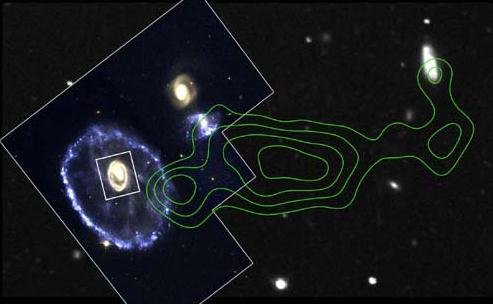
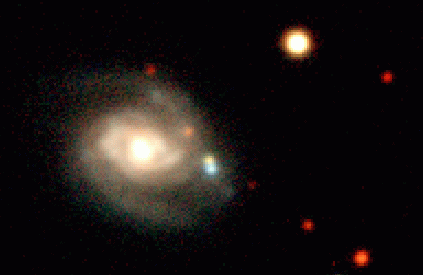
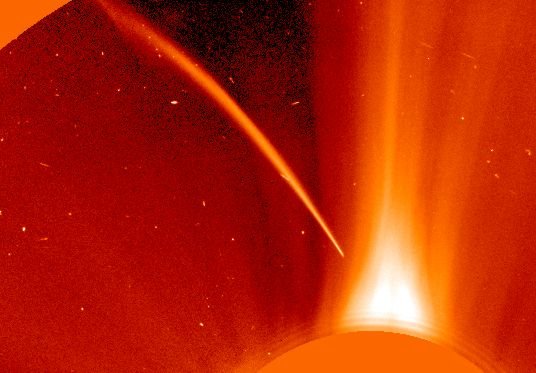
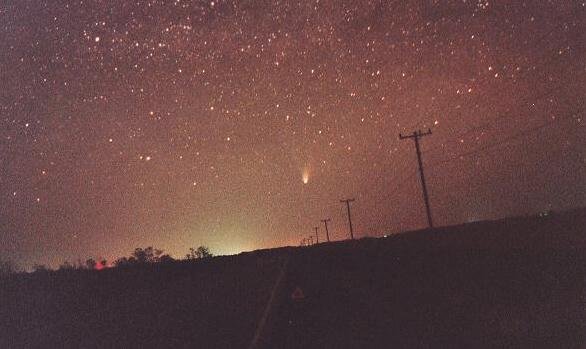
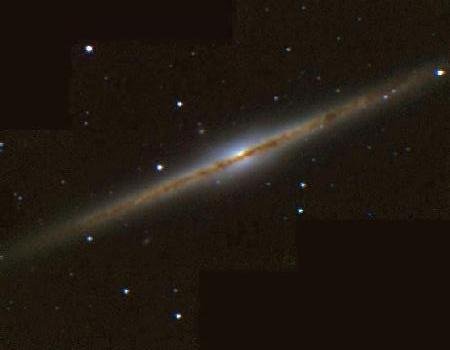
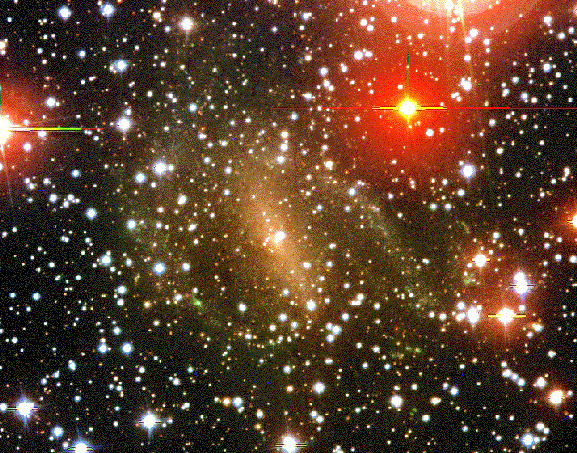
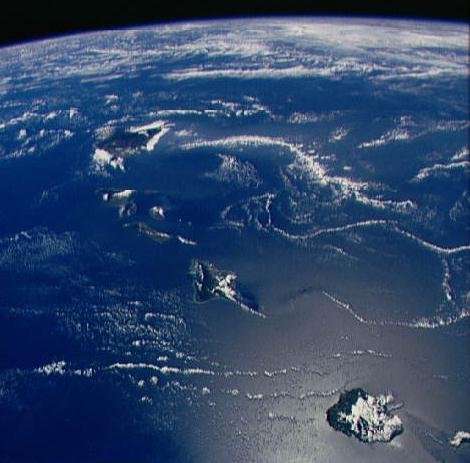
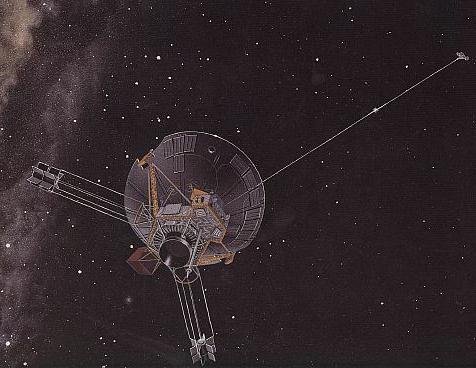
Hi. I am an upvote/resteem bot for @xtdevelopment that just upvoted your post.
Your post was chosen at random, as part of the advertisment campaign for @NanoCheeZe.
@xtdevelopment is the parent company of the @NanoCheeZe MEQUAVIS Project, An AI Defense System and Safety Certification Program.
We are building a Virtual Quantum Firewall to contain AI within a VR based Digital Multiverse
To have your posts resteemed by @xtdevelopment, simply follow @xtdevelopment and @nanocheeze, and then make a transaction of any amount to @xtdevelopment with the memo being the url of the post you want resteemed.
If you want to learn more about our project, contribute/support, or help test software, then please visit our website or - visit @NanoCheeZe.
NanoCheeZe.com